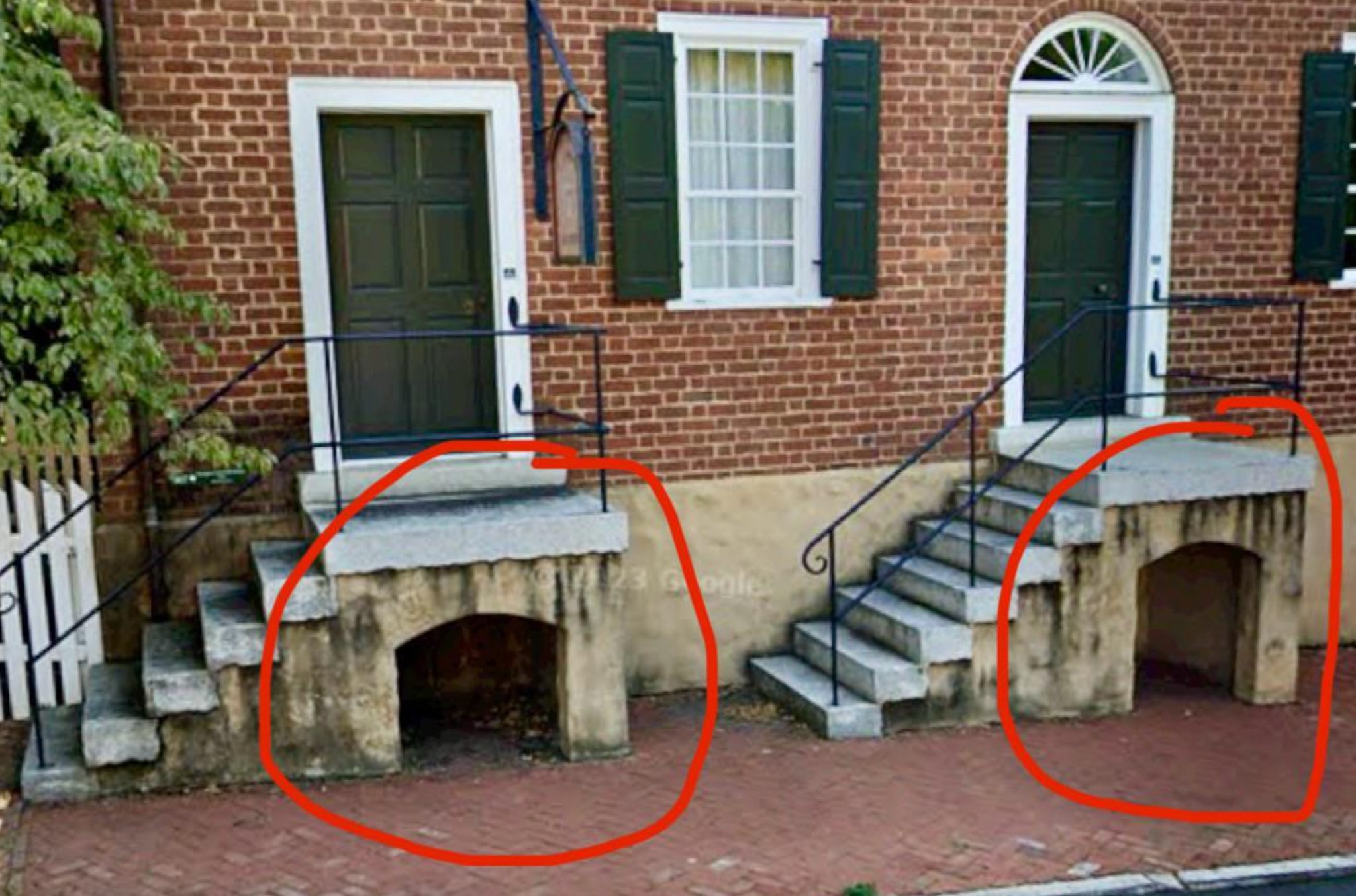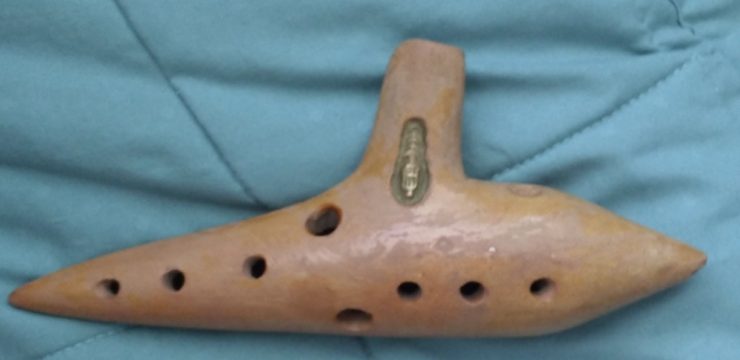If you’ve ever taken a walk through the older parts of cities like Charleston, Philadelphia, Boston, or New York, you’ve probably passed by rows of beautiful, centuries-old homes with raised front steps. But if you stopped and looked closely, you might have noticed something odd beneath one of those stoops—maybe a bricked-in archway or a recessed, chamber-like space tucked away under the stairs.

While these unusual features might seem mysterious or forgotten, they actually have a name and a story that dates back hundreds of years. These hidden spaces are called stoop vaults, also known as under-stoop vaults or areaways, and they were once a very practical part of urban living. A stoop vault is essentially a small room or hollow area built underneath the elevated front steps of a historic urban home. These raised entrances were common in the 18th and 19th centuries, especially in cities with poor drainage systems where homes needed to be protected from flooding. Instead of leaving the space beneath the stairs empty, builders turned it into a useful vault, often surrounded by brick, stone, or concrete. One of the most common uses for these stoop vaults was storing coal—a vital fuel source for heating homes and powering appliances in the pre-electricity era.
Back then, coal was delivered to homes via sidewalk hatches, and homeowners would retrieve their supply from the vault beneath their stoop. In the days before central heating and gas lines, this was a practical way to keep coal handy without dragging mess and dust into the house. Stoop vaults weren’t just about coal, though. In tight city neighborhoods where homes had limited square footage and almost no yard space, every bit of usable space counted. These little rooms under the stairs were often used for other kinds of storage—firewood, tools, or even seasonal items. They helped keep homes organized and functional without sacrificing precious interior space. Over time, many of these vaults were sealed off, bricked over, or simply forgotten.
However, they still remain hidden in plain sight, especially in neighborhoods that have preserved their historic architecture. In a photo shared on Reddit, two nearly identical brick townhouses clearly show vault spaces under their stoops—classic examples of this long-lost feature. One particularly interesting story comes from a homeowner in Bremerton, Washington, who shared the history of a stoop vault under their 1939 home. It had been bricked up in the 1970s and 1980s, reopened in the 1990s, and eventually repurposed in the 2020s for firewood storage. Thanks to improved drainage, the space is now functional again, even if its original use is long gone. While most stoop vaults no longer serve their historic purpose, they remain a charming part of urban design history.
They’re a throwback to a time when heating your home meant physically managing your fuel and when every square foot of your property needed to serve a purpose. Some modern homeowners choose to keep these spaces intact or even renovate them. Today, you might find a former coal vault repurposed into a utility nook, a secure storage space, or even a decorative garden bed. Though small, these vaults tell a big story. They are relics from a time before modern conveniences, when urban architecture had to adapt to the demands of daily life. These stoop vaults offer insight into how families managed fuel, weather, and space within the tight confines of city living. They reflect a time when practicality dictated design, and when a modest space under your front steps could be essential to your survival in the winter. So the next time you’re walking through a historic neighborhood and notice a strange little arch or recessed area beneath a stoop, take a moment to appreciate it. That simple space once held coal that kept a family warm through harsh winters. It might now be empty, bricked over, or transformed into something new, but it’s still holding a piece of the past—a quiet reminder of how city living used to be.





